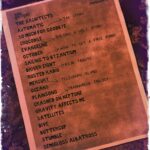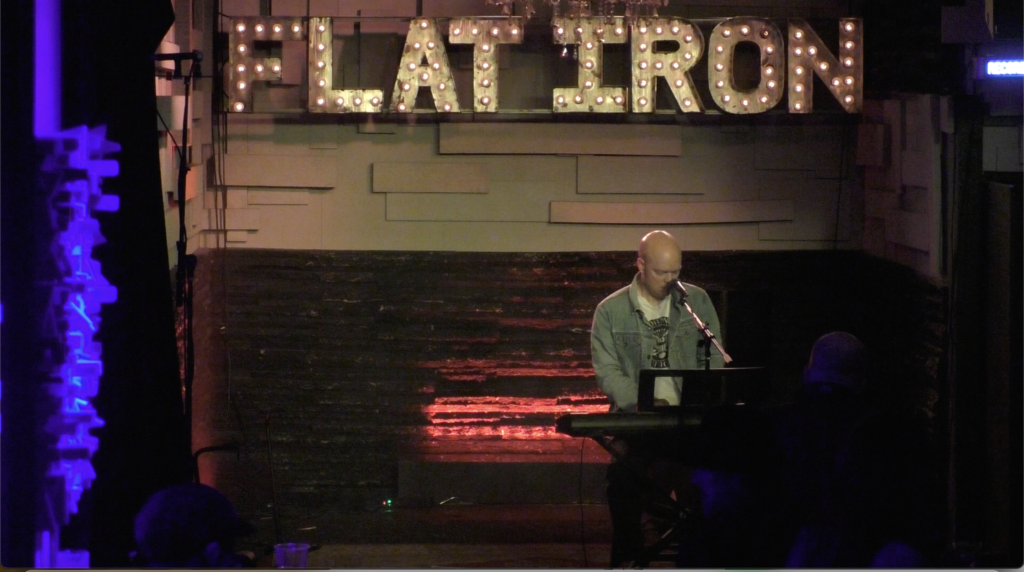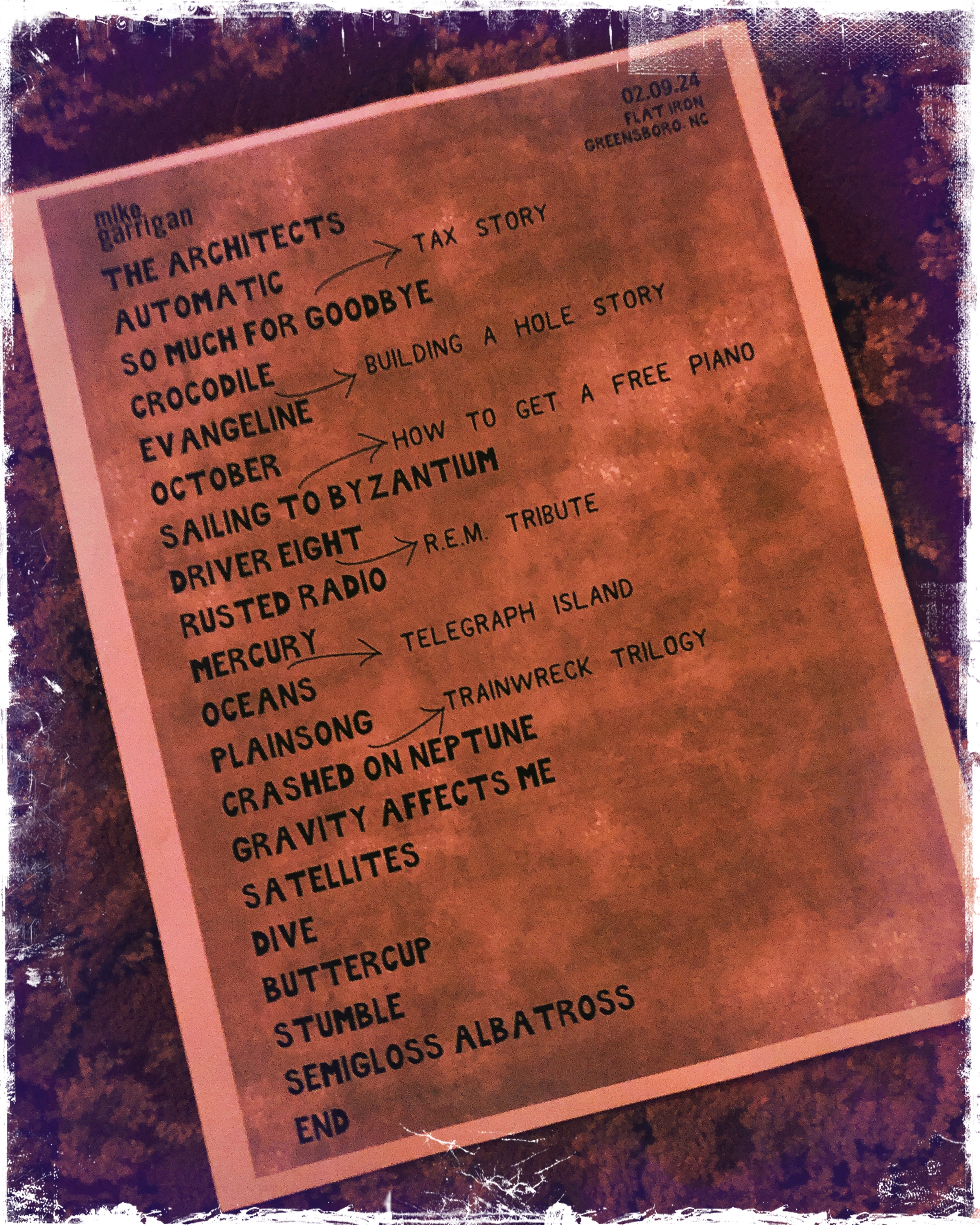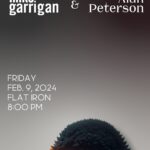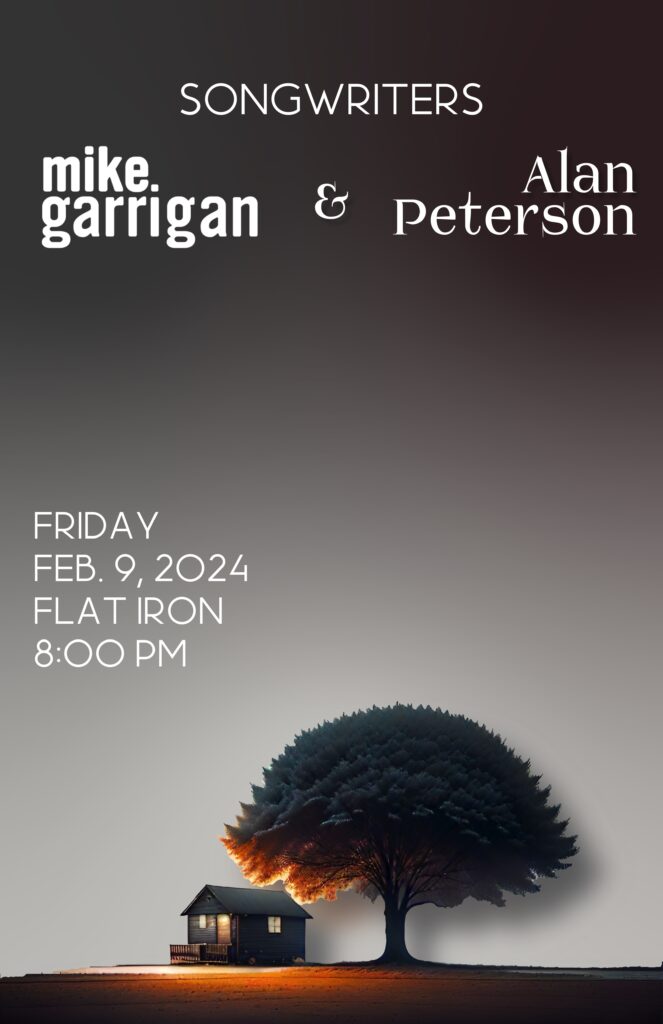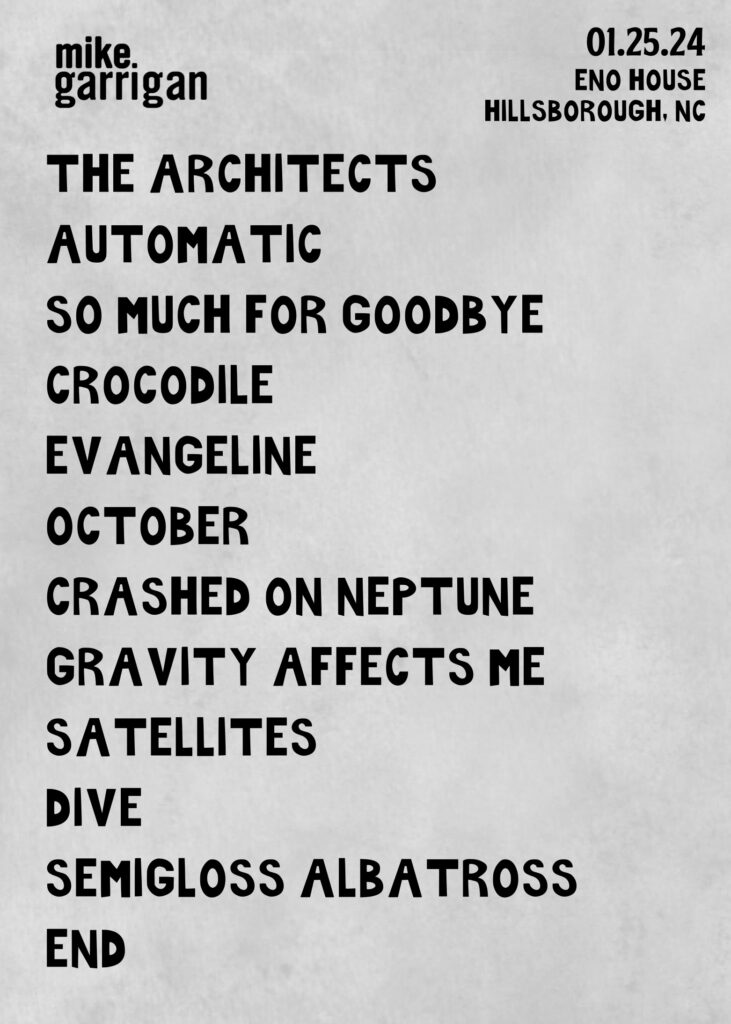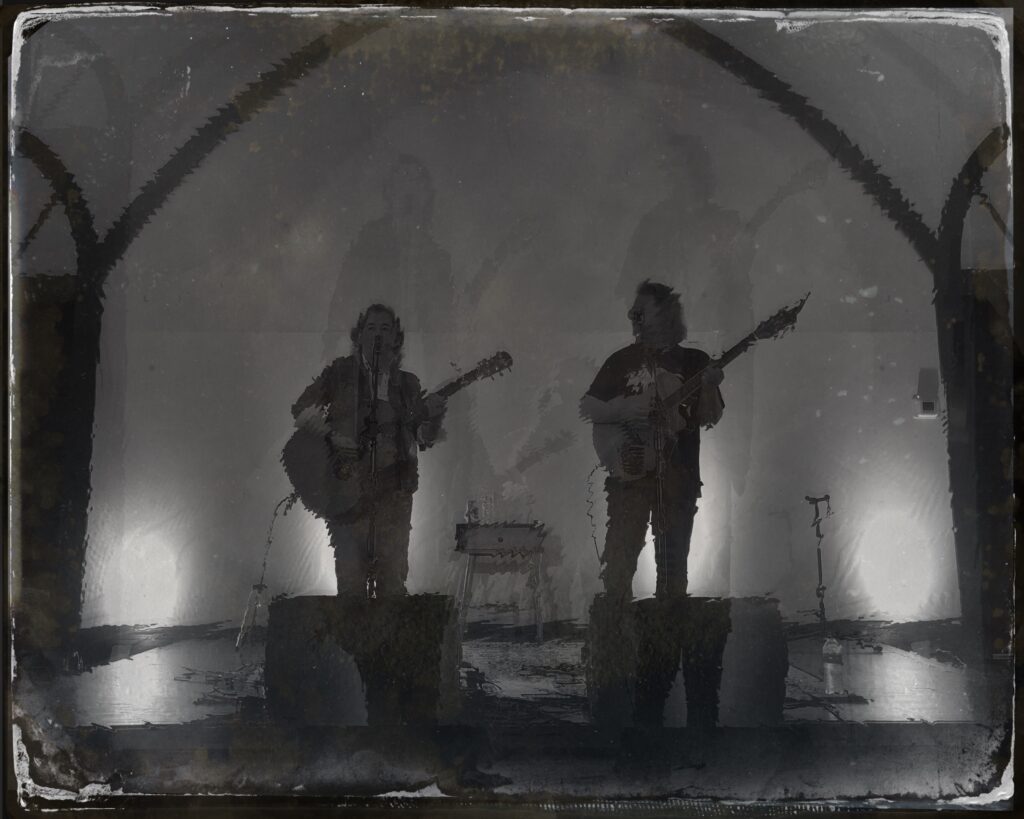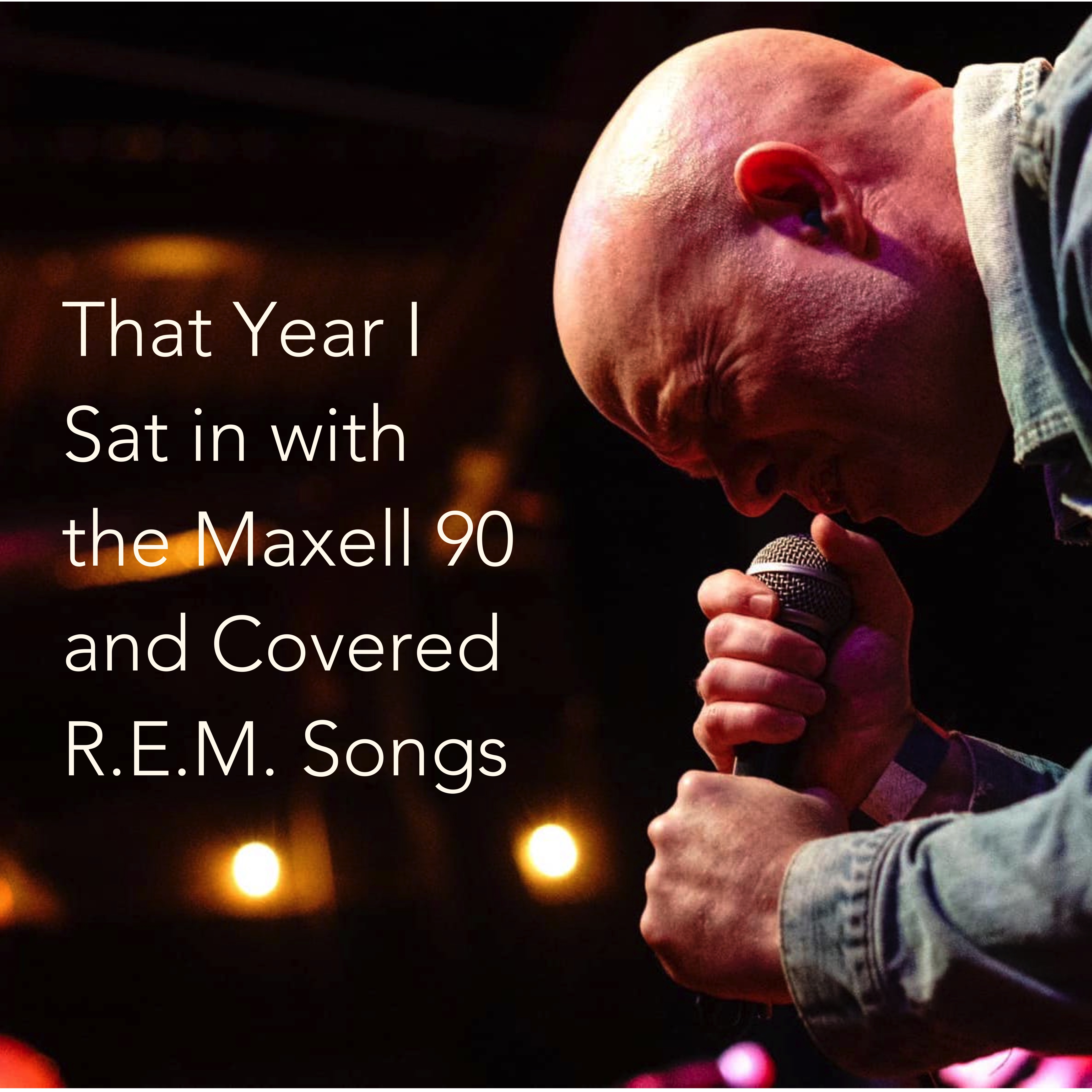
I purchased a pair of Cascade Fat Head II ribbon mics sometime in 2011. Some of the studios I had recorded in used ribbon mics on guitars and drum overheads. They always sounded pleasant and accurate. The Fat Heads I purchased came with a Blumlein stereo bar for mounting. I used the Fat Heads on a few drum recordings and a guitar recording or two. After their novelty wore off, I left them in their flight case for the better part of a decade. That is, until recently.
Back in December, I wrote 60 production prompts. The purpose of the prompts is to spark creativity. By limiting choices when working in a studio setting, new ideas emerge. At least, that’s the theory. One of the first prompts I drew was “record a song where everything must pass through a Fat Head II ribbon mic.” That type of limitation raised all kinds of questions for me. The first, and most relevant, was, exactly what is a ribbon mic and what does it do?
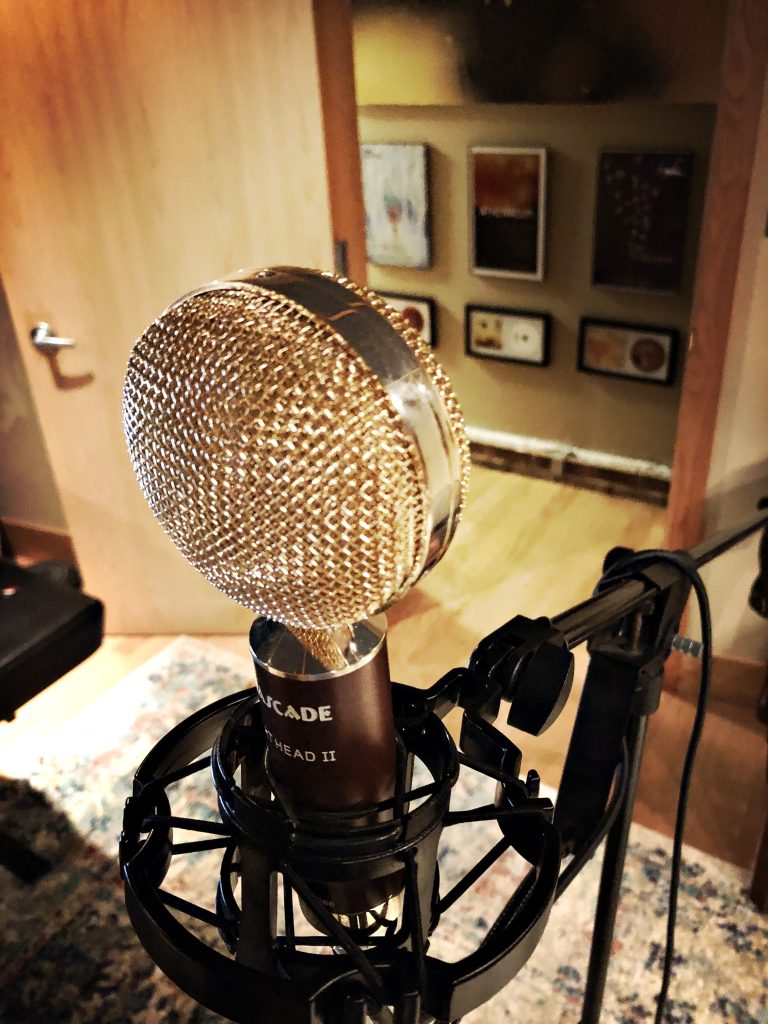
A ribbon microphone uses a ribbon of aluminum to capture sound. It serves as the microphone diaphragm, which captures changes in pressure. It’s also a transducer, which converts those changes into an electrical signal. By contrast, a dynamic microphone (think the regular stage mics that have a ball on the end), uses a metal coil as a transducer. The condenser microphone (think studio vocal mic that looks like a tube) uses a conductive membrane as a transducer. All three of these microphones have different general characteristics. A ribbon is usually warm, yet accurate. A dynamic mic is usually able to handle loud sources well. A condenser mic is usually bright and accurate–excellent for vocals, strings, and drum overheads.
Ribbon mics are delicate. If, for example, you accidentally leave the phantom power on when you plug in a ribbon mic, you may pop the ribbon from the energy in the line. Ribbon mics are not a panacea for recording ills, either. Sometimes, a ribbon mic is a bad choice on a given audio source, particularly if you don’t like the natural sound of what you are recording.
Using only a Fat Head II on a recording was a tremendous challenge. I look forward to eventually sharing songs that come from these creative prompts.
